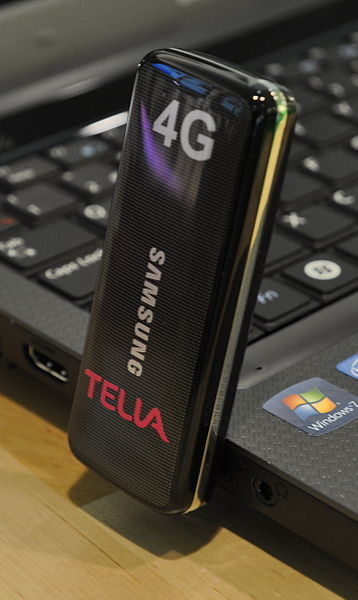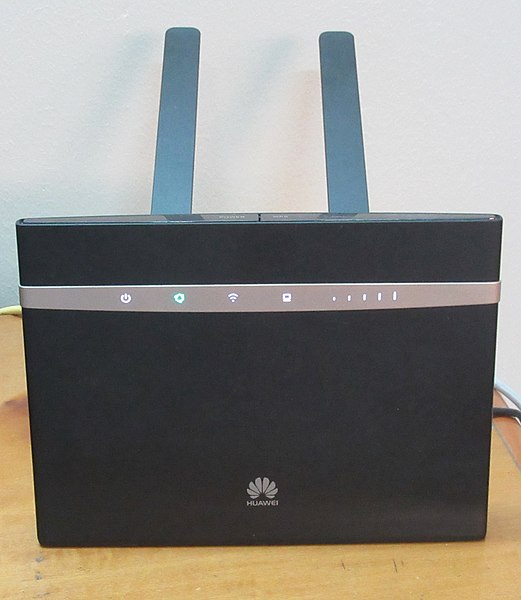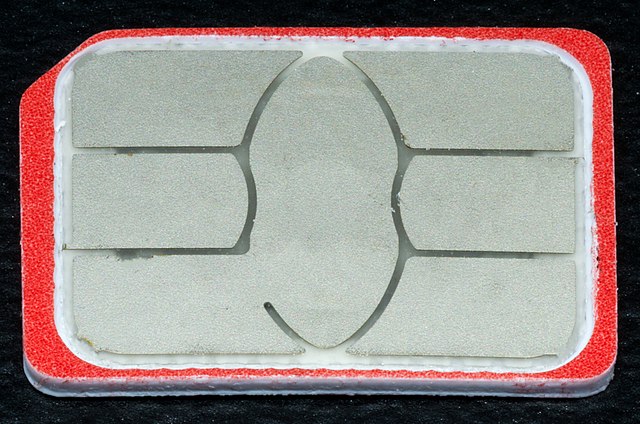In telecommunications, long-term evolution (LTE) is a standard for wireless broadband communication for mobile devices and data terminals, based on the GSM/EDGE and UMTS/HSPA standards. It improves on those standards' capacity and speed by using a different radio interface and core network improvements. LTE is the upgrade path for carriers with both GSM/UMTS networks and CDMA2000 networks. Because LTE frequencies and bands differ from country to country, only multi-band phones can use LTE in all countries where it is supported.
LTE tower in Argentina.
Unofficial logo
LTE modem
4G+ modem
The Global System for Mobile Communications (GSM) is a standard developed by the European Telecommunications Standards Institute (ETSI) to describe the protocols for second-generation (2G) digital cellular networks used by mobile devices such as mobile phones and tablets. GSM is also a trade mark owned by the GSM Association. GSM may also refer to the Full Rate voice codec.
Thomas Haug (first GSM president) and Philippe Dupuis (second GSM president) during a GSM meeting in Belgium, April 1992
Prototype GSM phones
GSM cell site antennas in the Deutsches Museum, Munich, Germany
A nano sim used in mobile phones








